Traditionally, St Tydecho traveled from Brittany with his sister St Tegfedd. Some accounts include a brother too, though his name is variously given as Samson or Dogmael. A contemporary of St David, St Iltud and St Gildas, Tydecho was active throughout the mid-Cardigan Bay area, particularly Mawddwy.
He would have witnessed the Battle of Camlan, in which the annals tell us Arthur and Medraut (aka Modred) died. His churches triangulate the battlefield.
Tydecho's legends largely involve thwarting local Pagan warrior-kings, as they would attempt to hinder or destroy his Christian mission. When the powerful Maelgwn Gwynedd tried to disturb Tydecho's crop planting, the saint prayed for assistance. The High King was duly stuck fast to the rock upon which he sat.
When the Powys chieftain Cynan abducted Tegfedd, her brother's prayers caused the warlord to be struck blind, until he returned the holy lady and begged for forgiveness.
But these weren't the only stories. A local milkmaid was struggling under her load through the Aran Mountains. She stumbled and dropped her pails, spilling all inside. Tydecho found her sobbing beside the stream. He promptly wrought a miracle by which the waters alongside turned into milk. It's still called the Llaethnant (Milk Stream), and it still runs white.
At one time, multitudes of Christians would visit the places associated with St Tydecho. Modern day pilgrims can still do the same.


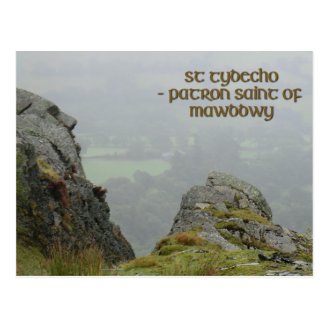

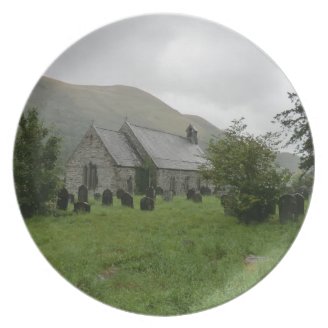
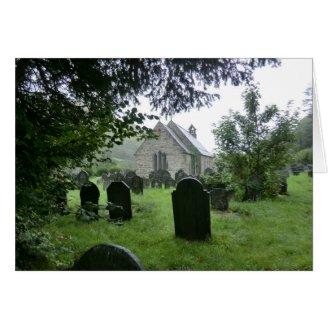
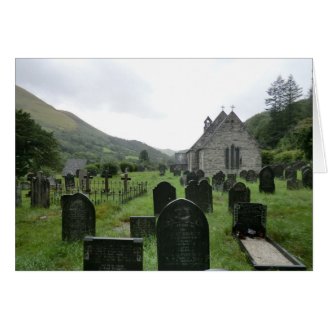
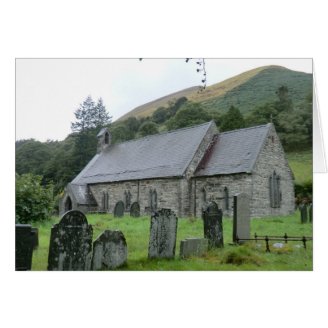
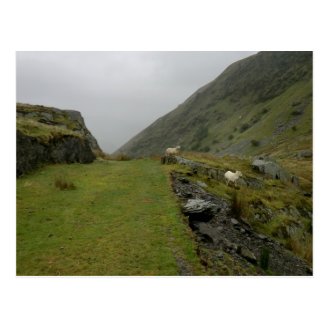








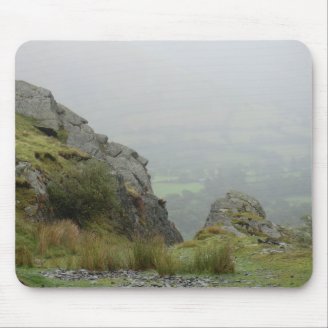

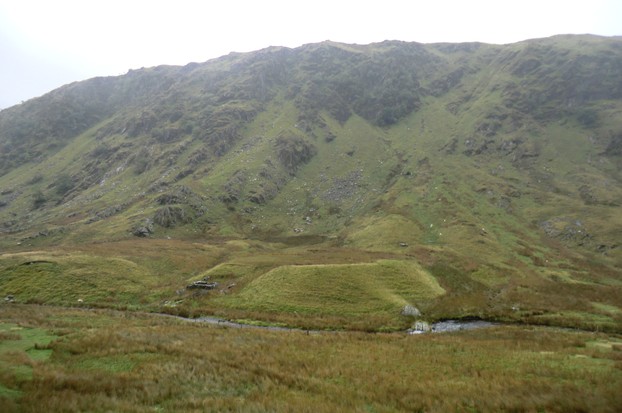
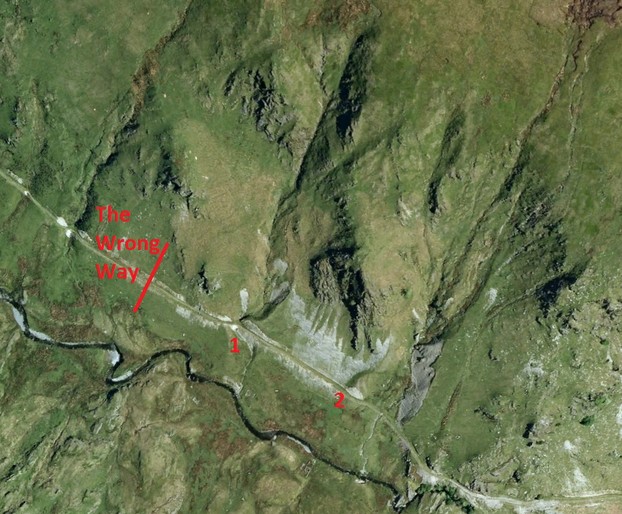


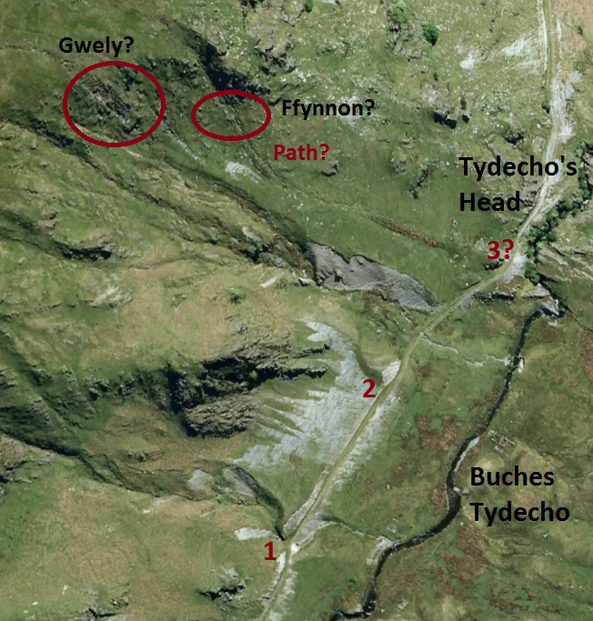








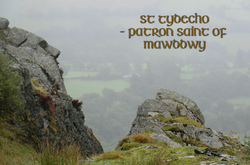

 Goodies for an Outlander Premiere Partyon 03/06/2015
Goodies for an Outlander Premiere Partyon 03/06/2015
 Holocaust Memorial Day Interview with Rainer Höss, Grandson of Rudolf Architect of Auschwitzon 01/24/2015
Holocaust Memorial Day Interview with Rainer Höss, Grandson of Rudolf Architect of Auschwitzon 01/24/2015
 Romantic Valentine Gifts for an Outlander Fanon 01/16/2015
Romantic Valentine Gifts for an Outlander Fanon 01/16/2015

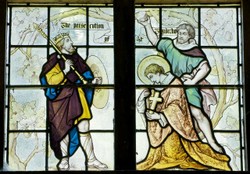
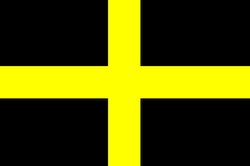
Comments
In the Tydecho-Maelgwn story, we're pretty much told this. St Tydecho's oxen are ploughing the field, then he harnesses deer to do it too. So yep, his blue stone could easily have been set in place with cattle.
Coincidence! I was watching a tape recording of the programme on Stonehenge tonight, and the question of the manner in which the stones were moved came up. Everyone forgets one simple fact, Britain was a pastoral society whose economy was based on cattle. Oxen could easily have moved the stones. Britain was replete with cattle, and if you read Francis Pryor's book Britain BC, you see how cattle shaped the East Anglian landscape, and they must have shaped other parts of Britain as well. There were enough oxen to move the stones. Note that Scotland and Ireland carried on a pastoral economy until the late Middle Ages.
The thought had absolutely occurred to me. It would have been a whole lot easier to get those blue stones into Llanmawddwy than onto Salisbury Plain. The Mawddwy would have been the way in, after sailing them across Cardigan Bay. Though my respect goes out to them then, if they got the stone up THAT mountain side.
You have hit precisely on where I was going with this. :)
Blue rock. Stonehenge blue stones, which derived from the Prescelli Hills in South Wales. Might Maelgwyn's landmark blue rock be significant in this respect?
Yes! And it was also the thing which I would have most liked to find out there, but none of the Medieval texts give us anything that could form a map. I know the vicinity, but not the rock itself.
Oooh... I'm definitely starting to blend things in my mind then. The landmark I think I was thinking of was a blue rock, and has to do with Maelgwn Gwynedd right? Which is another thing you were tying back to Druidry unrelated to St. Tydecho.
^ This is me attempting to sort it out, but also putting it down for you to correct if I've just mixed everything up XD
I've caught it a few times, particularly in Wales, and even more especially regarding the Arthurian personnel.
This fills you in on a bit more detail, regarding what Ember mentioned: http://www.reddit.com/r/HistoryWales/... There's more notes in the comments section.
It's just something I was musing over, but it's nowhere near proved, nor even adequately in the realms of circumstantial evidence. But certainly not disproved either.
Ember - the theory about the three names (now updated to four) was separate to the landmark thing. Sorry, I must confuse the proverbial out of you sometimes!
One problem when dealing with legends is that different persons can be conflated in the popular mind. This is the case with Robin Hood, and it has almost certainly happened elsetimes.
I'm sorry, because you explained it more than once (but I remember/understand more each time at least)... but the missing thing you were looking for was important for tying together a name theory of yours right? You were saying three different people were the same? Or is the thing you were looking for not actually related to the theory? XD